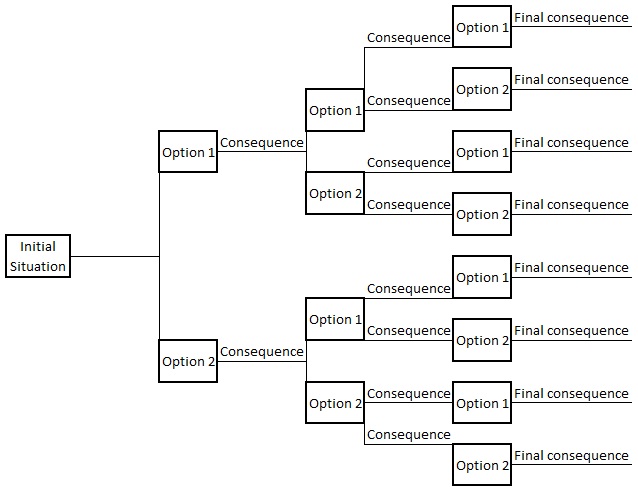 Q: In the wake of yet another school shooting, I feel like I need to talk to my youth about this issue but I’m not quite sure how to do it. Do you have any thoughts?
Q: In the wake of yet another school shooting, I feel like I need to talk to my youth about this issue but I’m not quite sure how to do it. Do you have any thoughts?
A: While this does seem to happen a lot more frequently in the US, shooting of children and youth also happened in 2011 in Norway and in March 2012 in France. This is therefore a problem that youth workers worldwide may be faced with at sometime in their work.
This article from earlier in 2012, after a shooting in Ohio, came across my desk and I wanted to share the points with you so that you can feel better prepared to talk with your youth about school shootings. You may even find a family night or a parent’s night is helpful to share these ideas with a parent who may feel at a loss on how to talk about tragedies like this with their children and youth.
Here are the key points from the article with some thoughts of my own:
“Talk honestly about the incident”
Don’t try to pretend like nothing happened – most children and youth will hear about it from their friends, teachers, parents or the news. On the flip-side, don’t go overboard and go into all the gory details.
Encourage youth to respect the loss and privacy of families, including that of the perpetrator’s family who is also in shock and dealing with a tragedy that they are left behind to sort out.
“Encourage students to talk about their concerns and to express their feelings”
I was a senior in high school when Columbine happened in April of 1999. A lot of things changed at our school in terms of safety, but no one talked to us about it.
We didn’t get the opportunity to share our feelings and that can lead to greater fear and a feeling like ‘I’m the only one who is [afraid, worried, scared, nervous, confused, angry, etc.]” in your youth.
“Limit television viewing”
Youth can’t un-see stuff. When 9/11 happened, I turned off the TV at the end of the day and didn’t turn it back on again to watch the reports. That was one of the best choices I ever made with regards to that tragedy. It meant that I was able to process what was happening without adding visuals to something that was already so traumatic.
It can also desensitize youth to tragedy because it becomes ‘just another part of daily life’ for them. Turning off the TV also meant that I didn’t get ‘care fatigue’ about 9/11. I still feel sorrow when I see images, even eleven years on, because I didn’t get desensitized to the violence and tragedy of it during the event.
“Empower young people to take action about their own school safety”
Again, from my personal experiences in 1999 this is really important. Encourage your youth to have a say in the safety measures that are being put into place, not just explaining why you or their schools are adding extra precautions, but asking how they feel about it and what ideas they have.
“Recognize what may be behind a young person’s behavior”
Youth are all affected differently by tragedy and you may find that even though your youth don’t live anywhere near the event, they take on some of the worries and concerns of parents, school officials and others around them.
Also, monitor youth behavior not only in response to this tragedy, but proactively to guard against future violence. Everyone would say ‘not the teens in my program’, but adults and youth who are committing these crimes are in a community – they had teachers, parents and other adults in their lives who knew them. No, those supports are not to blame at all for what happened, but as a youth worker you do have a powerful role in the life of a youth to make sure they have a safe place to express feelings, avoid bullies or stop bullying others, ask questions and get help.
“Keep the dialogue going even after media coverage subsides”
While not harping on about it week after week, it’s important to revisit the topic occasionally just to check in that youth are processing their emotions as best they can and reaching out when necessary about their feelings.
Youth may also have strong feelings about other issues relating to the tragedy such as the importance of grief counseling, thoughts on gun laws or school safety issues. Take the time to have sessions about issues that youth are interested in discussing or making a difference in, beyond just their immediate response to the event.
“Seek help when necessary”
You are a youth worker. Most likely you are not a psychologist, grief counselor, doctor, mental health professional, suicide prevention specialist or social worker. You might need to do some research into the local supports available for your youth and their families should those services be required.
Question: Do you plan to talk to your youth about this issue or have you already? If so, what will / did you say? Let us know in the comments below.
You can also connect with us by:
- Signing up to receive our posts via email
- Following us on Twitter
- Liking us on Facebook
- Signing up to our RSS feed
 A problem that affects all of us, no matter how hard we try, is judging people by their appearance. For young people, the desire to fit in at school and in social groups can sometimes lead them to make fun of people based on their looks.
A problem that affects all of us, no matter how hard we try, is judging people by their appearance. For young people, the desire to fit in at school and in social groups can sometimes lead them to make fun of people based on their looks.

 Last year on Black Friday we encouraged you to
Last year on Black Friday we encouraged you to 


 Last weekend, Youth Workin’ It were one of the sponsors of the
Last weekend, Youth Workin’ It were one of the sponsors of the